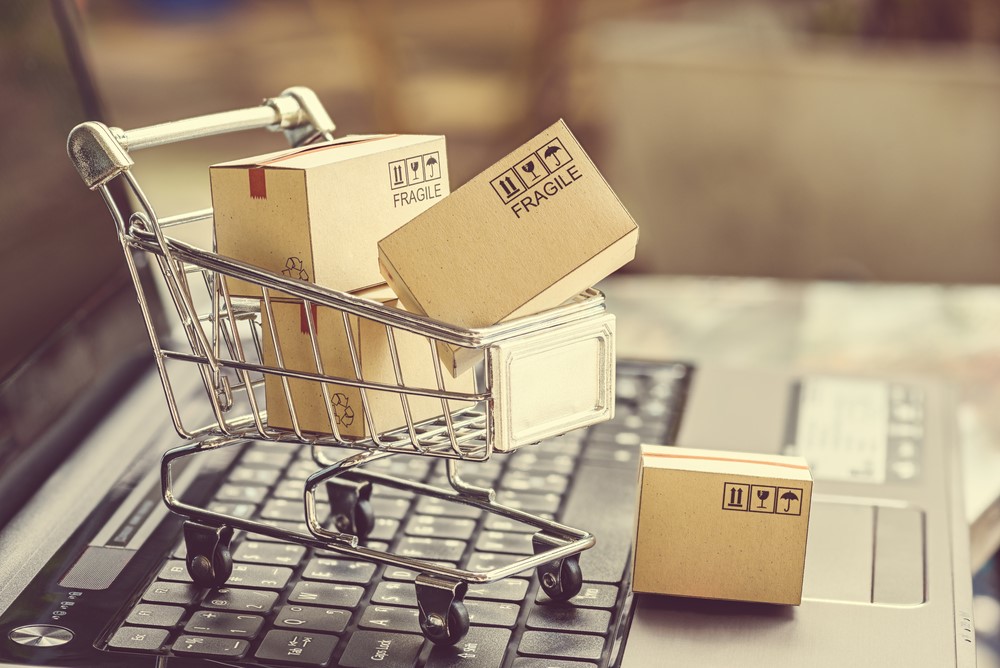 As the lockdown resulted in the shut down of non-essential industries, highlighting the importance of limiting social contact, supermarkets were one of the only remaining contenders which were legally allowed to continue offline operations. As queues for essential shops resulted in streets to be lined with anxious shoppers and stockpiling led to the enforcement of product rationing, health-conscious consumers switched to online shopping to cut out any possible health risks.
As the lockdown resulted in the shut down of non-essential industries, highlighting the importance of limiting social contact, supermarkets were one of the only remaining contenders which were legally allowed to continue offline operations. As queues for essential shops resulted in streets to be lined with anxious shoppers and stockpiling led to the enforcement of product rationing, health-conscious consumers switched to online shopping to cut out any possible health risks.
Transitioning to online shopfronts for essential shopping
Household supermarket names experienced significant surges in income, reporting record-breaking levels of custom – both online and offline, forcing them to further invest in their online services to cope with the demand. The likes of supermarket giant, Tesco, dominated TV commercials with a short introduction into social distancing measures enforced in-store to help customers transition back to visiting physical shops with the necessary protective measures in place. M&S, Morrisons and a wave of supermarket names quickly established ‘essential food boxes’, targeting customers unable to leave their place of residence due to self-isolation, shielding or as a result of health and age concerns, further capitalising through their online services.
Reviving food industry through Help Out to Eat Out scheme
As many businesses took to online methods to continue the sale of their services, this opened the door to multiple online advertising and marketing opportunities, capturing consumers through daily social media scrolling. The Help Out to Eat Scheme provided the ideal hook to businesses which were new entrants to the online marketplace and to those who were already established. The measure helped businesses avoid the prospect of company liquidation, drawing focus to businesses in dire need of custom to avoid mass redundancies and shop closures.
The Help Out to Eat Out scheme is a clear example of a government-led effort to encourage customers to physically visit restaurants across the country, rescuing the struggling food industry from absent diners due to the pandemic. By drawing customers to restaurants through financial incentives, the government designed the scheme to encourage the public to ease back into spending and socialising outdoors, in line with social distancing guidance.
Survival of the fittest – adapting to the pandemic
As the high street took a hit to customer footfall, businesses of all sizes, from independent shopfronts to leading restaurants, were forced to adapt their services to comply with social distancing measures or take-out only rules. Digital platforms, such as Etsy, Amazon, Uber Eats and Just Eat provided and continues to provide the doorway to businesses to establish an online shopfront and virtual presence in light of the ongoing pandemic. By making services accessible online, loyal customers can enjoy seamless and increasingly accessible services, therefore reassuring customers in vulnerable positions.
Low maintenance businesses highly dependent on physical trade are likely to have been hit by growing costs and pressure to employ technical support to craft a strong online identity through the likes of a dedicated website or to sign up to an already established service platform. Once overcoming this challenge, both from an operational and financial position, the business can target missed customers and reduce overheads in comparison to that of running a physical shop temporarily.
In reality, businesses with the ability to adapt to the pandemic rapidly and serve customer needs during this period of uncertainty and distress are likely to have retained a fair share of consumers, however, the general downturn in trade is inevitable due to government guidelines. As consumers find their footing and the lockdown measures ease, physical shops are likely to return to welcoming more customers on a gradual basis.




